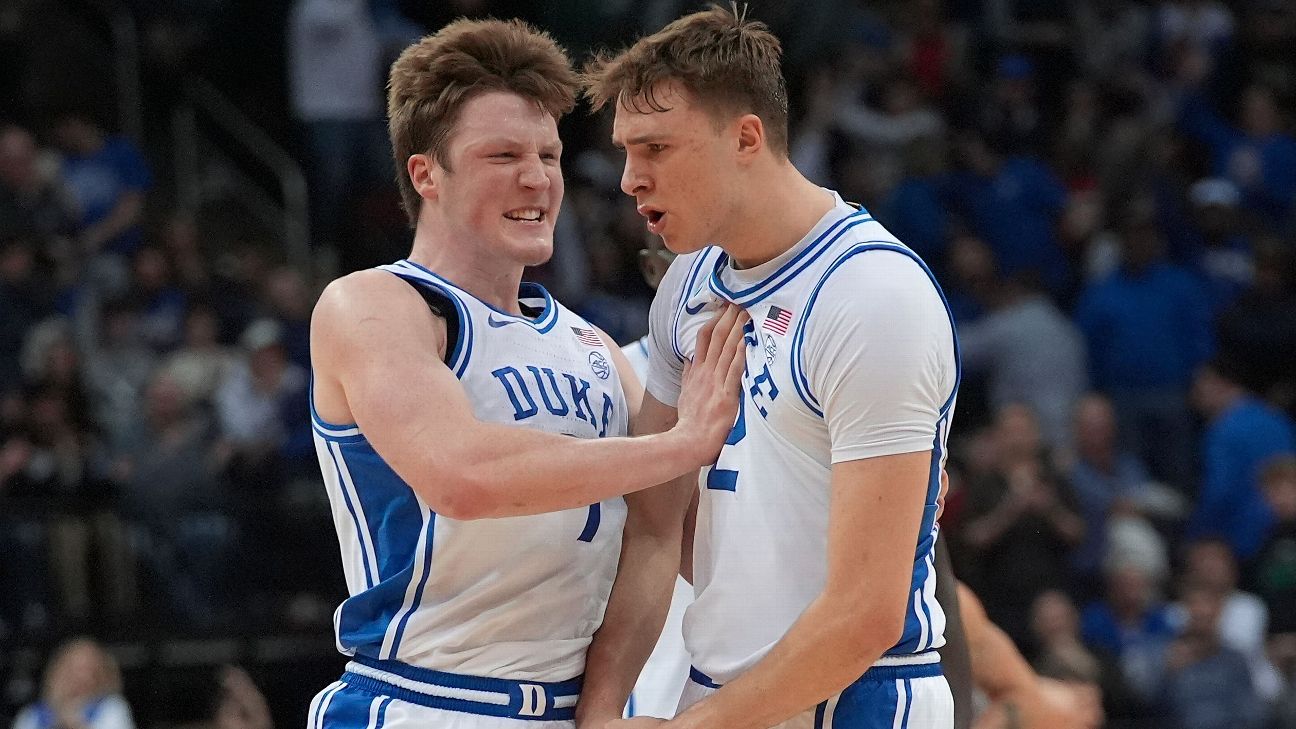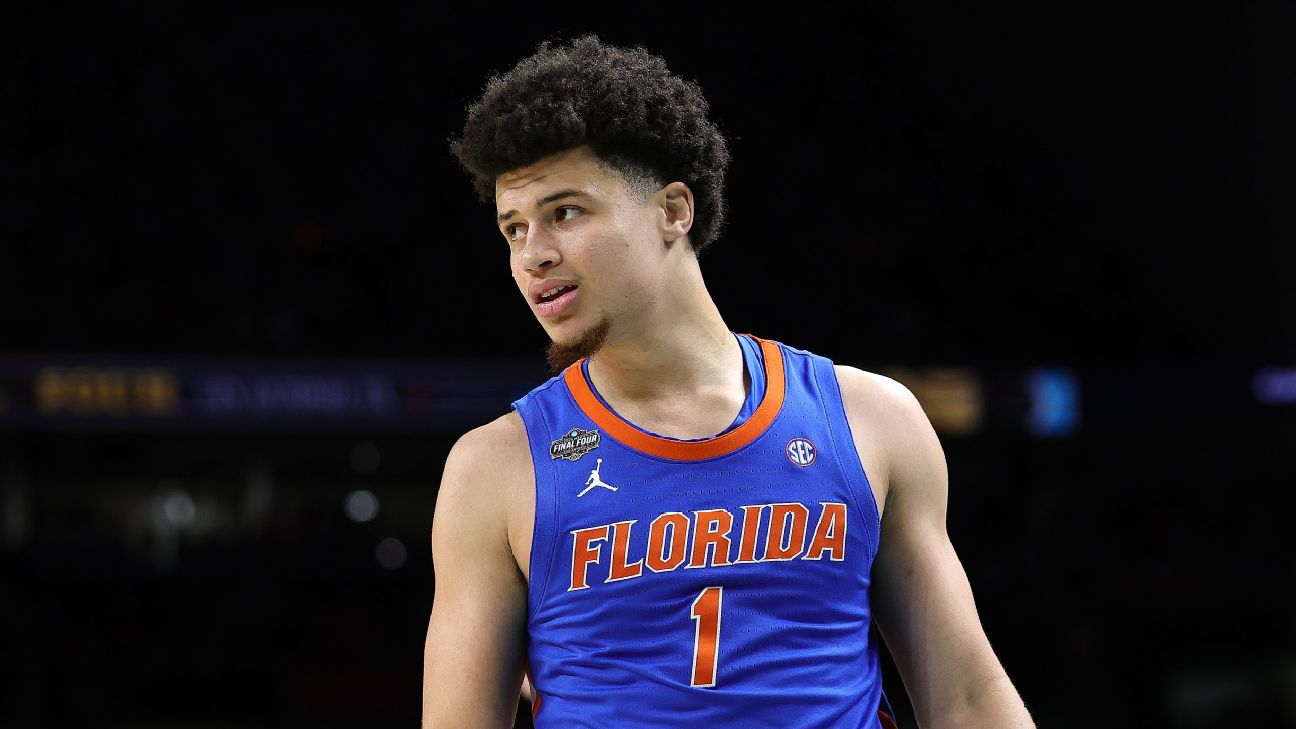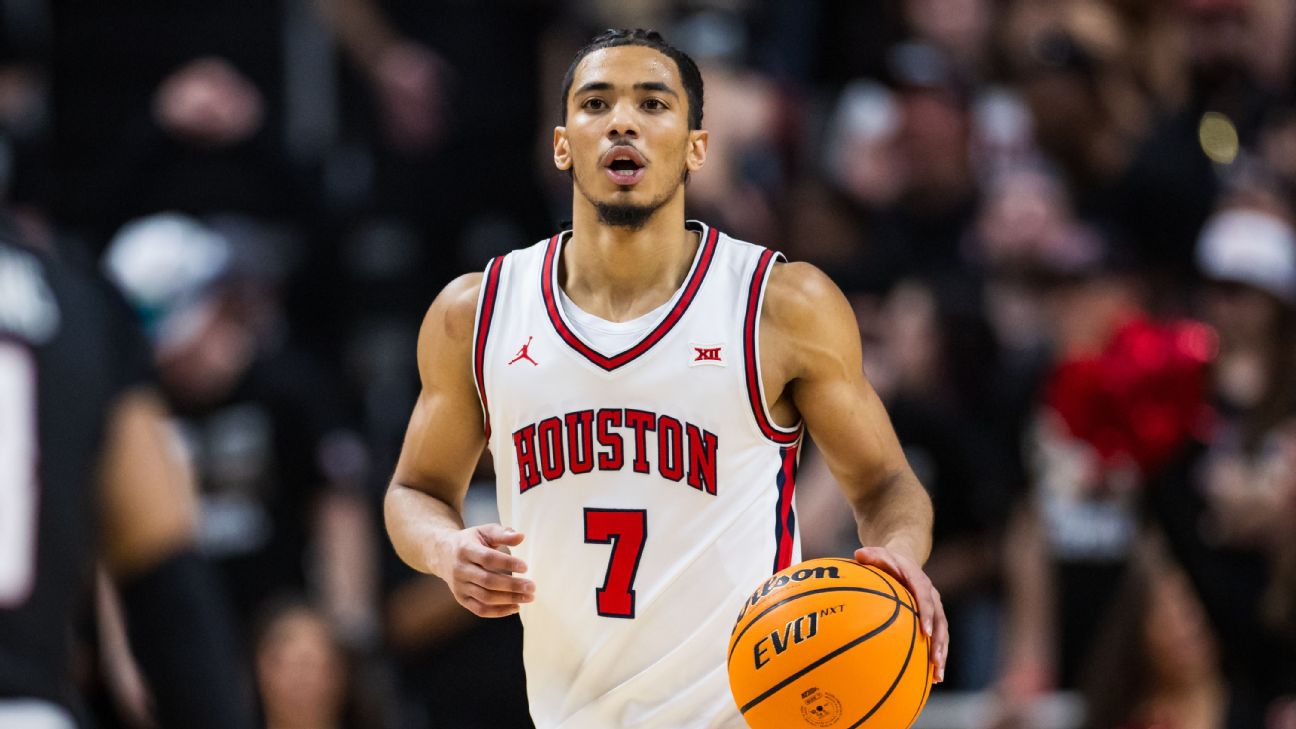Kevin Pelton's NBA Draft Projections: A Deep Dive into Predicting Future Stars
Kevin Pelton breaks down his NBA draft projections, focusing on rookie performance, age, and rankings to predict future stars in the league.

Introduction
Kevin Pelton, a renowned NBA analyst, has developed a comprehensive system for projecting how college and international players will perform in the NBA. His methodology revolves around three primary factors: a player's projected performance as a rookie, their age, and their rank in the latest top 100 from ESPN colleagues Jonathan Givony and Jeremy Woo.
Projected Performance
Pelton's projections begin with translating a player's college or international stats into NBA-equivalent performance metrics. He focuses on 14 core statistics, including 2-point percentage, 3-point percentage, free throw percentage, offensive and defensive rebound percentages, assists, steals, blocks, and usage rate. Notably, some stats, like free throw percentage, remain relatively stable, while others, such as field goal percentage, tend to decline.
For college players, Pelton adjusts for the strength of schedule to level the playing field. Utilizing multiple seasons of data yields more accurate projections, with earlier seasons often providing better indicators of NBA performance than more recent ones.
WARP Projections
Pelton's Wins Above Replacement Player (WARP) projections estimate the value a prospect will bring during their first five seasons in the NBA. These projections are adjusted to favor immediate impact by discounting future performance. Age plays a significant role, as players tend to develop until around age 27, with each additional year reducing their projected value by about 0.5 WARP per season.
Consensus Projections
Inspired by draft analyst Layne Vashro's Humble model, Pelton introduced consensus projections that incorporate the league's assessment of a prospect's talent. This includes where they were actually drafted and their rank in the top 100. These consensus projections improve accuracy by blending subjective scouting analysis with statistical data.
Historical Insights
Pelton's projections have been tested over the years, providing valuable insights into their effectiveness. For example, his 2019 draft projections highlighted the potential of players like Zion Williamson and Ja Morant, who have since become NBA stars. However, not all projections have been spot-on, underscoring the complexity of predicting NBA success.
Conclusion
Kevin Pelton's NBA draft projections offer a data-driven approach to predicting future stars. By focusing on rookie performance, age, and rankings, Pelton provides a valuable tool for teams and fans alike to gauge the potential of incoming talent.









